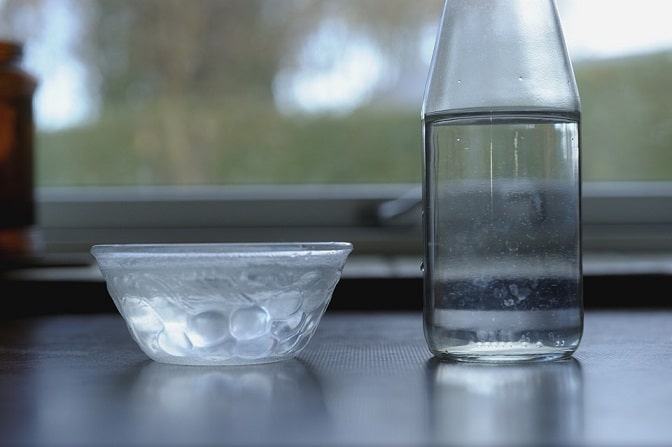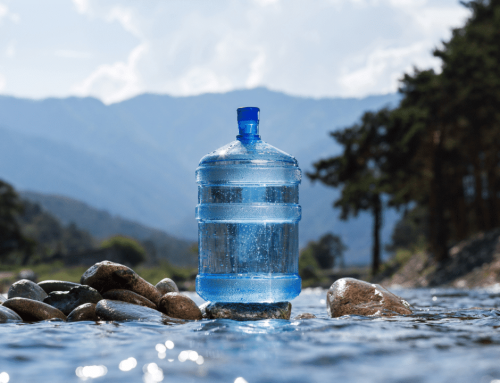 California’s San Joaquin Valley is the richest farm region in the world, yet in a trailer park tucked among irrigated orchards, the community of farmworkers are confused about notices that have been posted in English on their front doors because most of this Spanish-speaking community of farmworkers do not understand or speak English.
California’s San Joaquin Valley is the richest farm region in the world, yet in a trailer park tucked among irrigated orchards, the community of farmworkers are confused about notices that have been posted in English on their front doors because most of this Spanish-speaking community of farmworkers do not understand or speak English.
The park’s owner has posted the notices because he is obliged to by law, but they are awkwardly worded and confusing to those who live there. The notices state that uranium tests at a level considered unsafe by federal and state standards. They tell the inhabitants that they can drink the water but that if they do they can get cancer after drinking it over a long period.
Most of the farmworkers do not really understand the danger sand even if they did, they are not in a financial position to do anything about it so continue to drink and cook with the tainted tap water. This working-class community does not understand that the toxin in their drinking water is uranium; the stuff of nuclear fuel for power plants and atom bombs.
Uranium is a naturally occurring but unexpected by-product of drought, of irrigation, and of the over-pumping of natural underground water reserves. According to an Associated Press investigation in California’s central farm valleys, authorities are doing minimal to inform the public at large of the increasing risk, including one out of four families on private wells in the area who are continuing to unknowingly drink dangerous amounts of uranium in their water.
Long-term exposure to uranium is known to damage the kidneys and increase cancer risks, which is why authorities have set maximum levels for drinking water; scientists say it can also have other harmful effects.
Apart from uranium polluting the drinking water via the toxic chemical effects of the metal, it is also dangerous because it adheres to radishes, potatoes, and other root vegetables if they are not properly washed.
Research teams at Tufts and the University of New Mexico have also linked long-term exposure to uranium in the water to signs of reproductive and genetic damage, among other problems. A U.S. Geological Survey has found that uranium levels that exceed safety standards in 10% of public drinking water systems, including water wells at many schools.
Uranium removal facilities cost in the range of $65,000 to millions of dollars and the uranium gleaned from local water systems is handled like the nuclear material it is – taken away by workers wearing gloves, masks, and other protective gear.
Hire water coolers and buy water coolers from Living-Water. Get bottled water coolers and mains fed water coolers in London.





